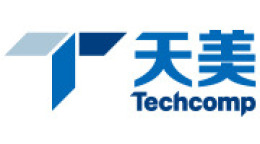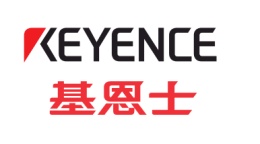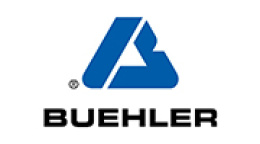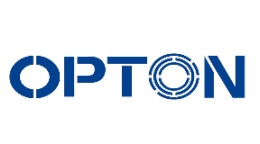方案详情文
智能文字提取功能测试中
Application Report Contact Angle Measurements on Large Surfaces Abstract The wetting properties of functional coatings on large surfaces can now be tested non-destructively under realconditions. Concrete results are presented using windshields and printing rollers as examples. Fig. 1: GH1000 Universal Surface Tester as a mobile unit for testing a windshield What do facades, windshields, shower side panels andTFT flat monitor screens haveeinincommon? Theapplication properties of all these materials can beconsiderably improved by functional coatings. Silicone-based dirt-repellent and water-repellent facade colorsmaintain the long-term aesthetic value of a house bymaking it difficult for dirt, soot and moss to attachthemselves to it. Hydrophobically coated windshields andside windows increase driving safety as rainwater pearlsoff them. Hydrophobically coated shower side panels,tiles and bathroom fittings avoid water stains. On top of this defined and fixed wetting properties play adecisive role in the electronics industry, for example inthe manufacture of TFT flat monitor screens, silicon chipsand hard disks. The surface energy is the decisive parameter in all theseapplications. ItItiiss technically easy to measurethisquantity by making contact angle measurements withdefined test liquids such as; water, diiodomethane,ethylene glycol, formamide or glycerol. This is done byplacing 2 to 10 pl droplets of liquids of differing polarityon the sample and determining the tangent of thewetting angle at the three-phase point by using a videosystem (Fig.2). Fig. 2: Contact angle of a liquid on a solid together with theYoung equation Measuring problems with large samples Because of the need to construct an optical bench, noinstrument until now was capable ofmakingmeasurements on a sample with a side length of morethan 0.5 m without needing to cut up the sample in orderto obtain a suitable size for the laboratory. This meantthat qualityassurance on complete windshields, printingrollers or baths was impossible. Help was first provided by the GH100 Universal SurfaceTester (Fig.1). Arranging the optical components in a newway meant that there was no longer any limitation on thesample size and that contact angle measurements couldnow be carried out on finished products, on large coatedsurfaces or even on-site withiha mobile version, infactories or on test stands. Below we give two examples to explain the practicallyrelevant statements which can be obtained from makingthese measurements. Measurements on windshields and printingrollers With hydrophobically coated windshields, which provideexcellent visibility at high speeds, the driver is chieflyinterested in the stability and working life of such anexpensive coating. As a result of UV-irradiation and themechanical stress caused by the windshield wipers itmust be expected that the coating will wear out in time;thiscan beequantifiedby makingcontact anglemeasurements on finished windshields. It is obvious that this is not possible with laboratoryinstruments, as it is neither possible to cut a piece fromthe windshield nor do modern adhesive techniquespermit non-destructive removal of the windshield fromthe automobile. A typical case for the GH100! With printing rollers it is not so much the hydrophobicityof the coating which is of primary importance, but ratherthe uniformity of the interactions between the paper andthe roller across its whole area. With the high paper webspeeds of up to 60 m/s which are used today, differentadhesive forces could lead to stresses or even to thepaper web tearing. Owing to the immensely highoperating costs it is apparent that knowledge about thedistribution of the interactions, i.e. the condition of thesurface and its degree of wear, is of fundamentalimportance to the manufacturers of such printing rollers. Printing rollers are frequently up to 10 m long and canhave a diameter of up to 2 m; this rules out laboratorymeasurements completely but is no problem at all for theGH100 (Fig.3). Experimental examples: The sample was a windshield which had been subjectedto defined windshield wiper load cycles of 2500, 5000,10000, 15000,20000,22000,25000 and 40000 cycles;after the corresponding number of cycles part of thewindshield was covered up. This meant that the definedmeasurement of the coating properties at different loadconditions was possible. With the printing rollers a new hydrophobically-coatedroller was investigated as well as the same roller after ithad been in use for one week. The measurements weremade on site; the wetting properties were determinedevery 100 cm across the roller width of 10 m. In both cases the measurements were made using theGH100 as a hand-held instrument. Water (polar, highsurface tension) and diiodomethane (nonpolar, mediumsurface tension) were used as the test liquids. Twomeasurements were made per cycle; these were repeated10 times. The analysis of the images recorded with the videosystem together with the calculation of the surfaceenergy were carried out with the Kruss DSA II drop shapeanalysis software using the Young-Laplace equation. Using this equation in combination with the Youngequation you obtain: Surface energy Just as for liquids, the interactions with the surroundingphase can also be characterized for solids. In the firstcase this is the surface tension (e.g. with a tensiometer);in the second case the surface energy. The contact anglesmeasured with different liquids are directly related to thesurface energy of the solid; this is shown in the equationin Figure 2. This equation can be solved by makingindependent measurementsusingtwo liliquidswithi known but different surface tensions. Small contact angles always mean good wettability andlarge surface energies; large contact angles thereforemean poor wettability and small surface energies. In addition, different models (Owens/Wendt, Zismann,Wu or acid/base methods) can be used to obtain a moreexact differentiation of the interactions in the polar anddisperse fractions of the surface energy of the solid. Asan example the Owens/Wendt method is5Lusedtogether with the Young-Laplace equation (Fig.2) tofurther break down the interfacial tension between thesolid and liquid into its polar and disperse fractions: [If tthis equation isincludedIIin thiee Young-Laplaceequation we obtain:] This can again be easily solved graphically by using testliquids with different polar and disperse fractions for themeasurements. In the tests described here this was doneby using water and diiodomethane as the test liquids. Fig.3: GH100 being using for testing a printing roller at aproduction location. Windshield results The working life of the hydrophobic coating of iwindshield can depend strongly on the mechanical stressto which it is subjected. This assumption has beenconfirmed experimentally, as is shown in Figure 4. At tthe start the windshielddHhas good hydrophobicproperties; these properties are clearly reduced after20000 load cycles and it is apparent that the hydrophobiccoating is being removed by mechanical means. Possiblesolutionssto thisis problem couldbe, for example,improveddsurfacebonding or cross-linking thehydrophobic groups. Fig. 4: Graph showing the contact angles of water anddiiodomethane as a function of the number wiper loadcycles on a windshield Fig.5: Graph showing the total surface energy as well as itspolar and disperse fractions as a function of the numberwiper load cycles on a windshield Fig.6: Graph showing the contact angles of water anddiiodomethane as a function of the position on a printingroller (Outline symbols= new roller; Solid symbols = rollerafter several weeks in use) The contact angle of the nonpolar liquid diiodomethaneshows no alteration as a result of mechanical stress. Onthe contrary, the variations which can be observed aretheresultofdirt on the surfaceand otherinhomegeneities. If the Owens/Wendt method is used to calculate thesurface energy the values shown in Figure 5 are obtained.The increase in polar interactions above 20000 loadcycles can be clearly seen, while the disperse fractionremains almost constant. As the load increases a betterwettabilityy andtherefore poorer visibilityy can bepredicted; this corresponds to an increase in surfaceenergy or polarity. Printing roller results As can clearly be seen from Figure 6, in its new conditionthe roller has good hydrophobic properties, i.e. contactangles of about 90°are obtained for water. It is alsoobvious that this value is kept very constant across thewhole roller width. The same can also be demonstratedwith the nonpolar diiodomethane as the test liquid; itscontact angles are also conspicuously high. However, thispicture changes fundamentally after one week in use. Theoriginal properties are retained in some positions, but inmany other positions considerably smaller contact anglesare measured. The very inhomogeneous distribution ofthe surface properties is also conspicuous. It is just thissort of distribution which can cause stresses within thepaper web as a result of the differing adhesion of thepaper to the roller and lead to the paper tearing andmachine downtime. Summary Contact angle measurements with the GH100 allow theexact characterization of wetting properties even onsamples with large surfaces. Simple measurements onboth the windshield and the printing roller show themechanical loading problem spots. Concrete criteria forproduct improvement can be obtained under realconditions of use without any additional test runs beingrequired. KRUSS GmbH|iBorsteler Chaussee Hamburg|Germany|www.kruss.de|
关闭-
1/4

-
2/4

还剩2页未读,是否继续阅读?
继续免费阅读全文产品配置单
克吕士科学仪器(上海)有限公司为您提供《挡风玻璃,印刷滚筒中接触角检测方案(接触角测量仪)》,该方案主要用于其它零部件中其他检测,参考标准《暂无》,《挡风玻璃,印刷滚筒中接触角检测方案(接触角测量仪)》用到的仪器有KRUSS MSA便携式接触角测量仪。
我要纠错
相关方案


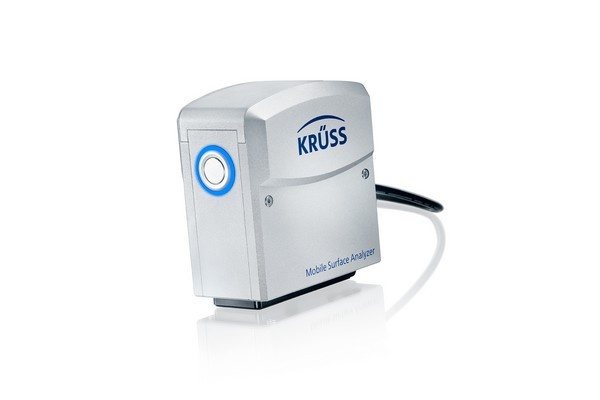
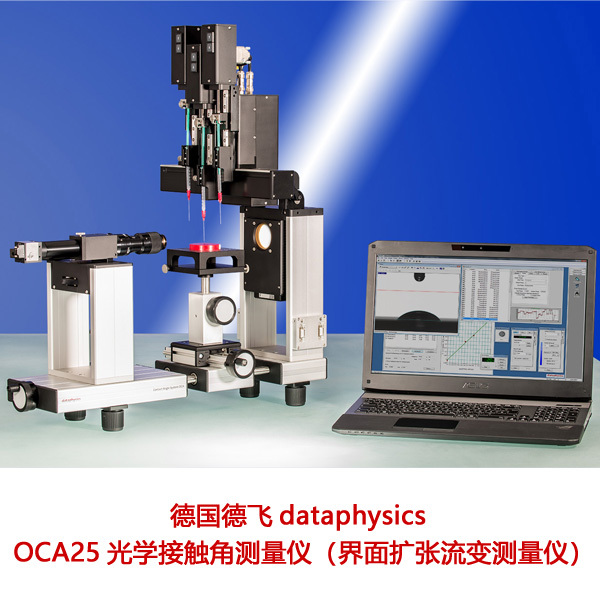
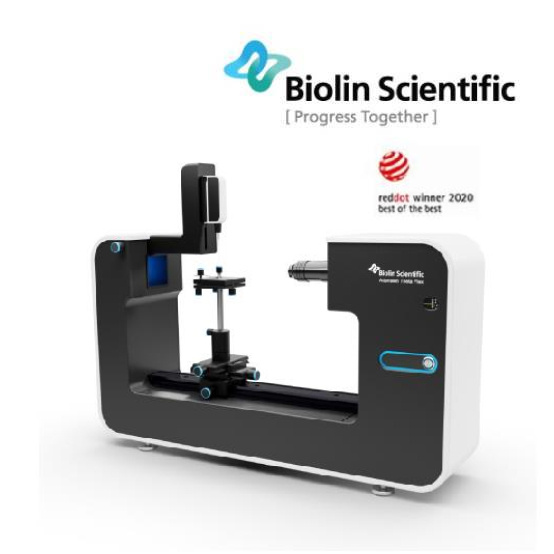
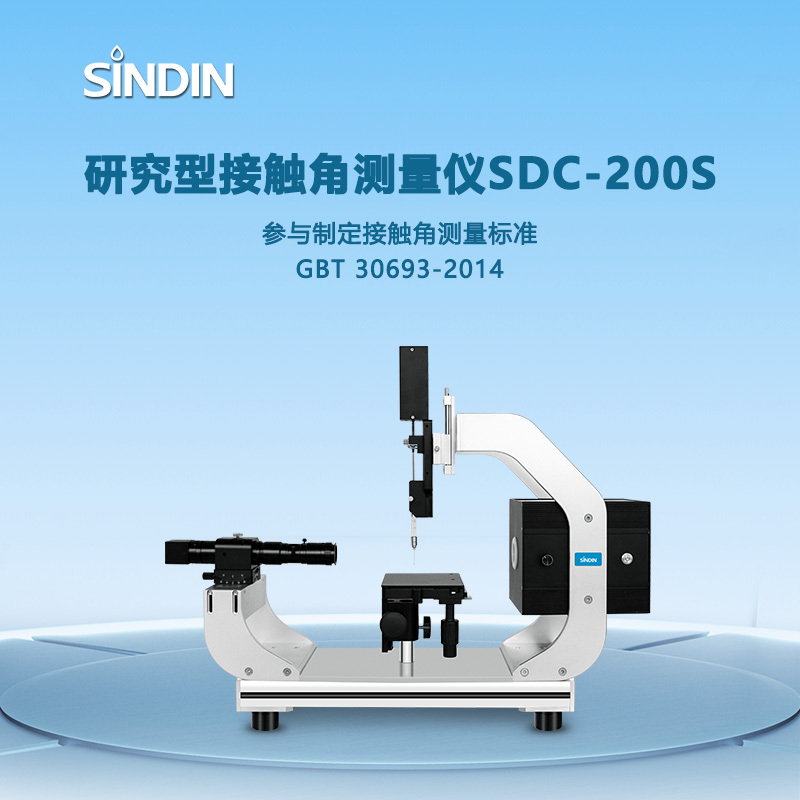
 咨询
咨询
